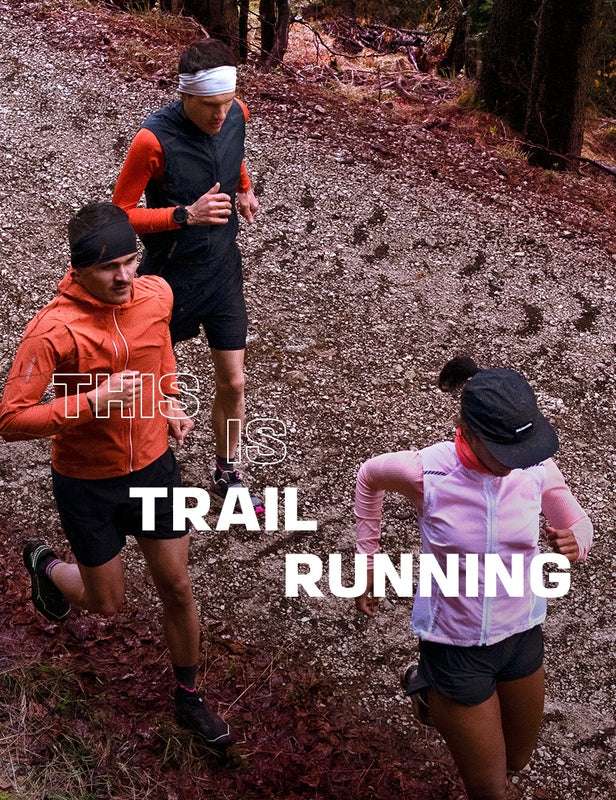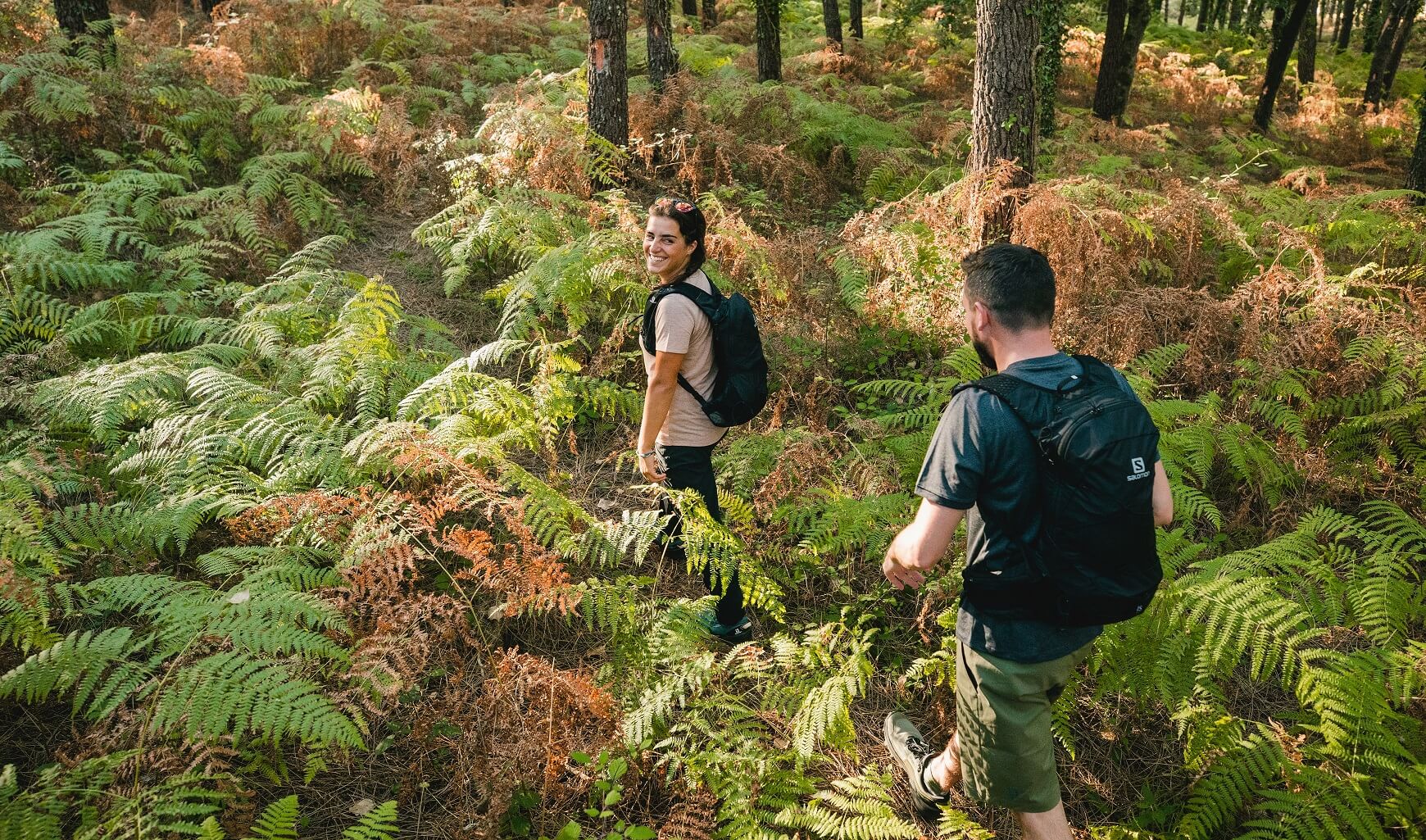Hiking with your legs is good, hiking with your legs and arms is even better! Trekking poles can become trusted friends when you’re hiking, and in this article, we explain how to use them to optimize your performance and maximize your fun.
Why you should use trekking poles
We use trekking poles while hiking for two reasons:
- to help maintain balance
- to reduce weight on our joints
Indeed, walking with poles increases stability – especially when you need to get past steep sections – by providing two additional points of contact with the ground in addition to your feet. Because your poles turn you into a quadruped your weight is distributed over four points of contact! Using poles will also help take the pressure off your joints specifically your ankles, knees, and hips. Hiking with poles can reduce the weight on your knees by about 30%.
Learn more about how to choose your trekking poles.
When to use trekking poles
Trekking poles can be used for all types of hiking: on the flats, for ascents and descents, mountain trails, or country lanes. The use of poles is more dependent on the hiker than on the hike. Some people like to have their poles in hand on every outing from start to finish, while others only take them out for steep climbs or spicy descents.

How to walk with trekking poles
Walking with poles should be natural and, above all, shouldn’t require any extra effort. There’s no need to train for hours, just grab your poles and move them naturally following the dynamics of your stride. As you step forward with your left foot, the opposite arm also moves forward following its natural walking movement. On flat, or slightly uneven terrain, it’s not necessary to plant your pole in the ground, just tap it enough to create a rebound.
Special cases:
When hiking fast, swing the pole a little further forward to accentuate the dynamics and help you move forward.
On steep climbs, you can try planting both poles in front of you simultaneously in order to create a pulling motion that will help move your body forward.
How to adjust and hold your trekking poles
Trekking poles adjusted to the right length and correctly held provide a real benefit to your hike. On the other hand, when used incorrectly, your poles can throw you off balance or require more effort. In addition, it’s not recommended to use only one stick because it can modify your natural posture. So, forget the shepherd’s staff, which is better suited to herding sheep than walking!
On flat ground, you should hold your poles at a 90˚ angle to the ground with the point touching the ground. Most trekking poles have an ergonomic handle that is easy to grip, and it should be held with a relaxed grip, without pressure. Relax your grip even further to allow the pole to swing between your thumb and forefinger. There is no need to grip the handles of your poles again because that will tire you out more than anything. The wrist strap can also provide additional support for your hand. Simply pass your hand through the strap from below and grab the handle with the strap passing between your palm and the handle. Make sure the strap passes between your thumb and the handle of the pole. Adjust your straps so they wrap around your hands without squeezing them. You should be able to easily remove them if necessary.
On steep grades, if you have adjustable poles, you can reduce the length by 5-10cm to help maintain your balance and increase the pulling effect. Conversely, when going downhill you can increase the length of the poles to provide more support.
Finally, in some situations, poles can be more cumbersome than anything else! When you find yourself on difficult terrain, it is sometimes better to use your arms to keep your balance, put your hands on the ground, or hold onto the rock. In situations like this, you can either hold both poles in one hand or, if you have collapsible poles, store them in your pole quiver or backpack. If you regularly hike with poles, or if you have plans for a multi-day trek, we recommend poles that are both adjustable and collapsible so you can adapt to all types of terrain and situations.




